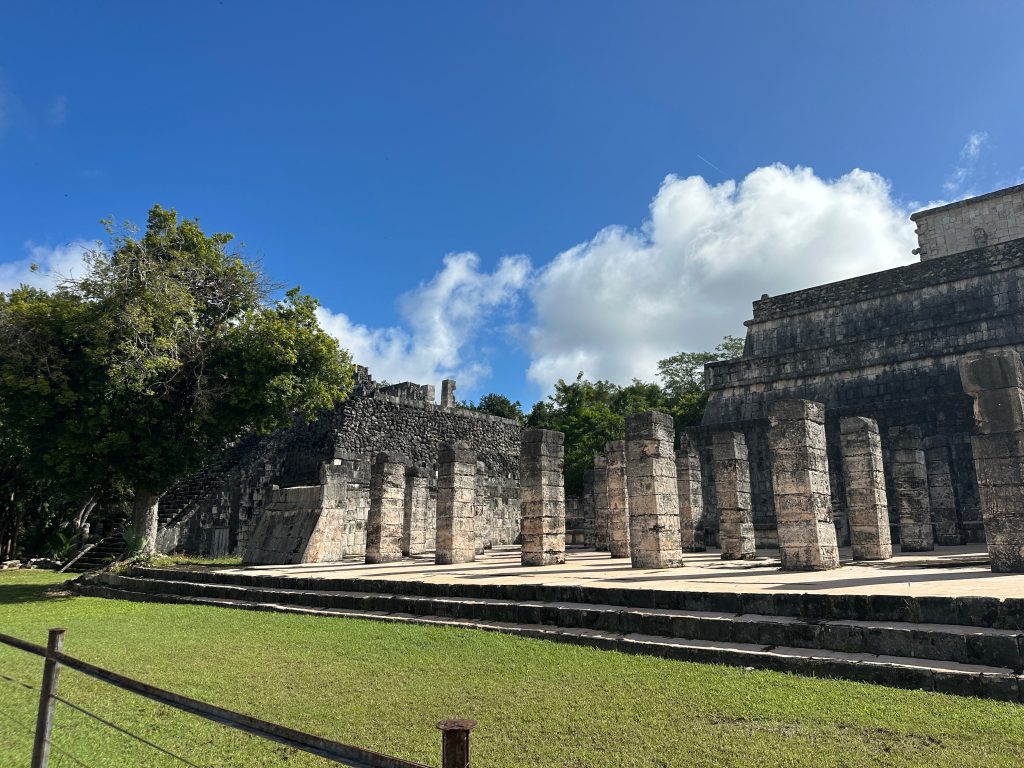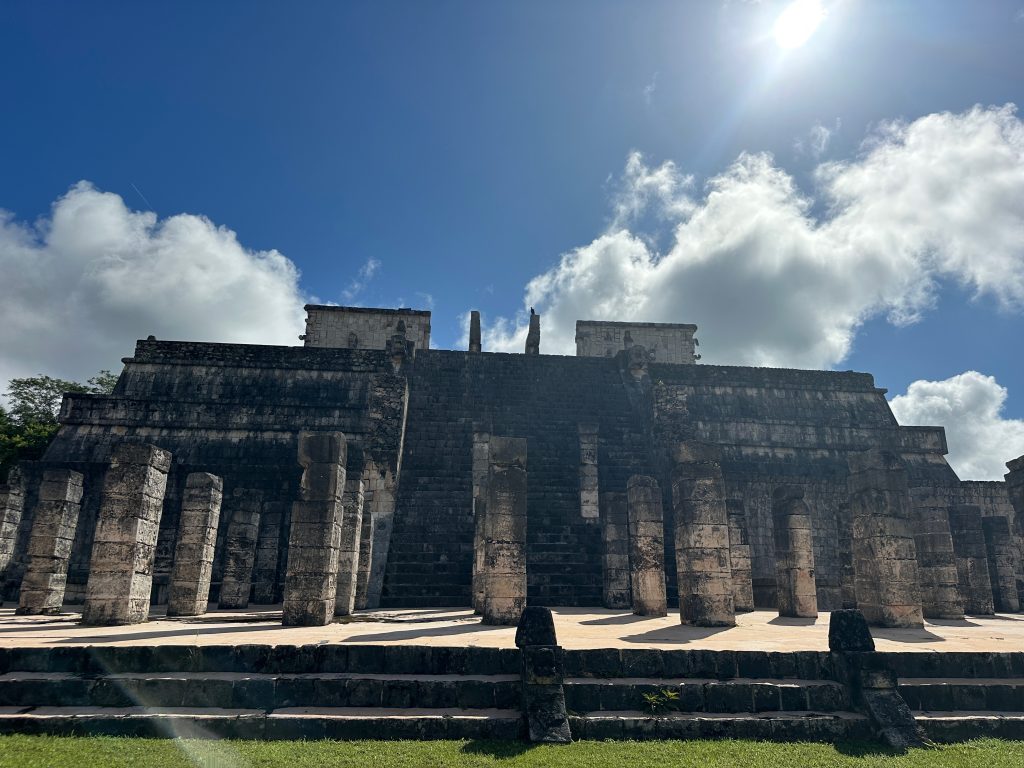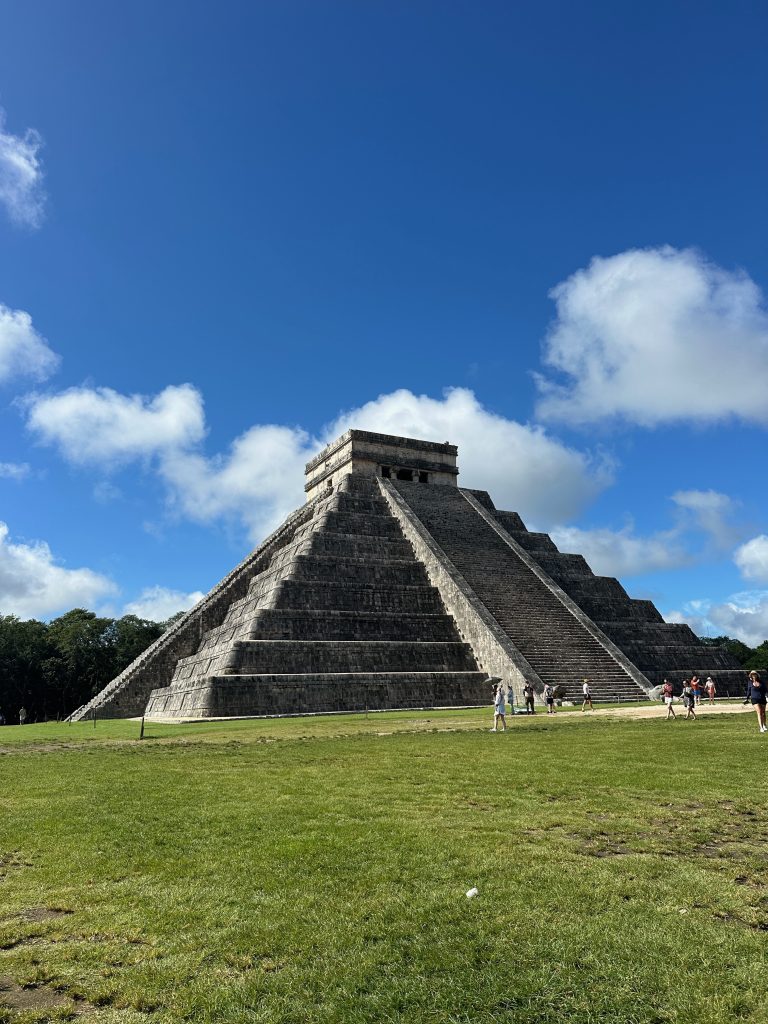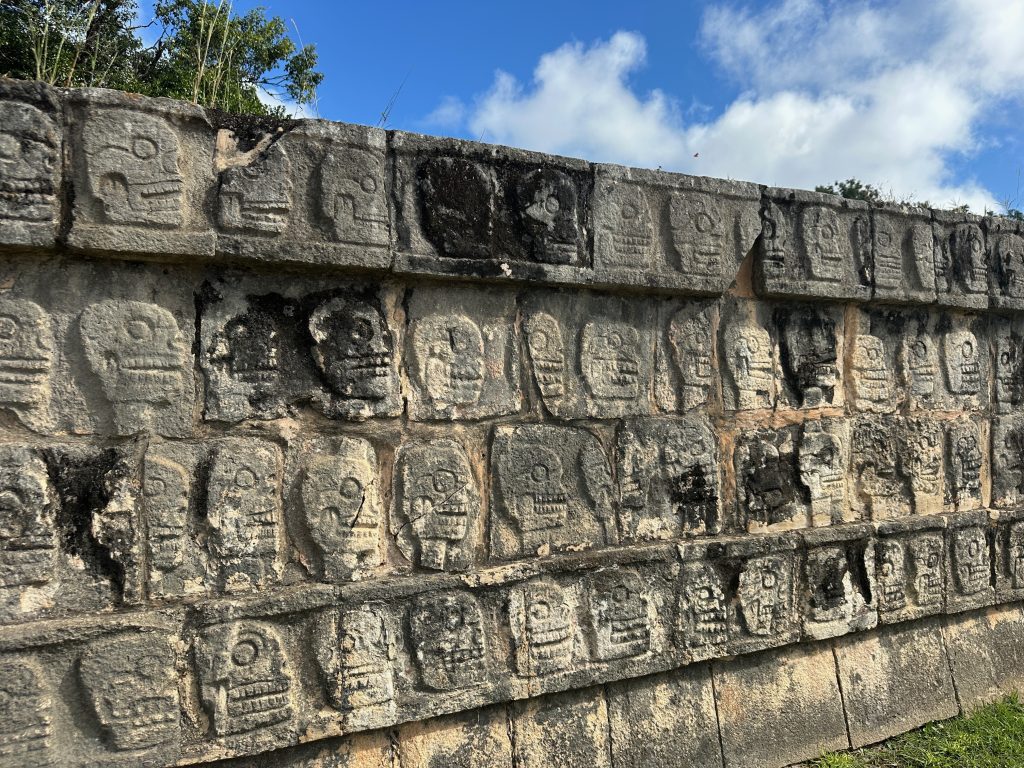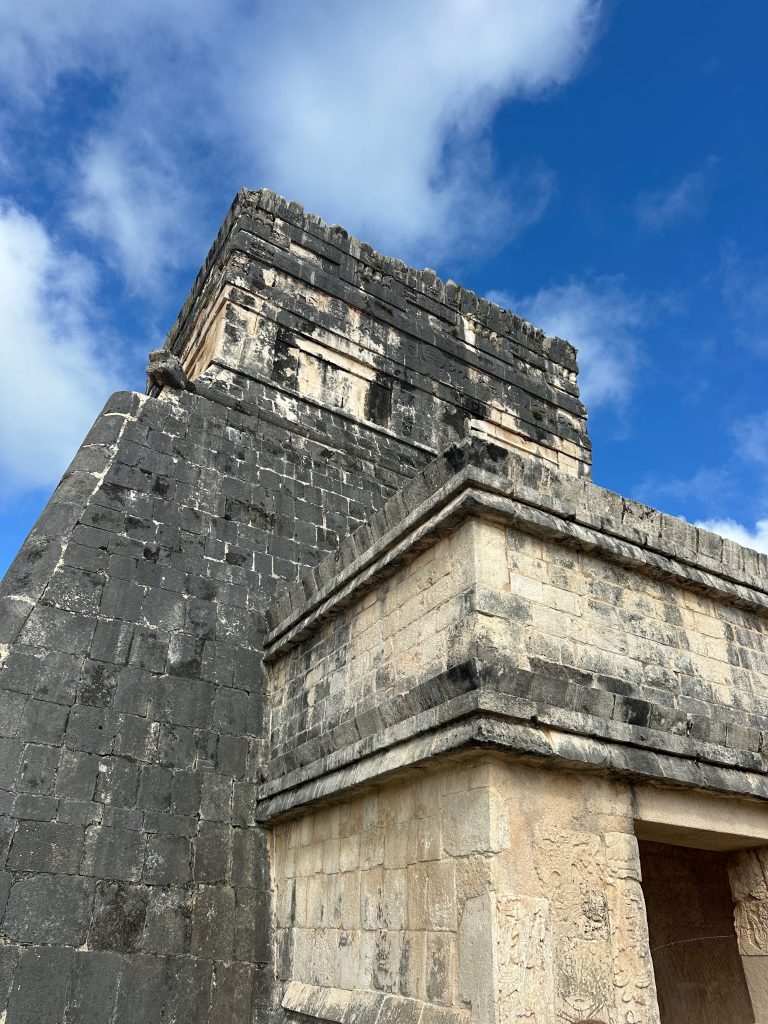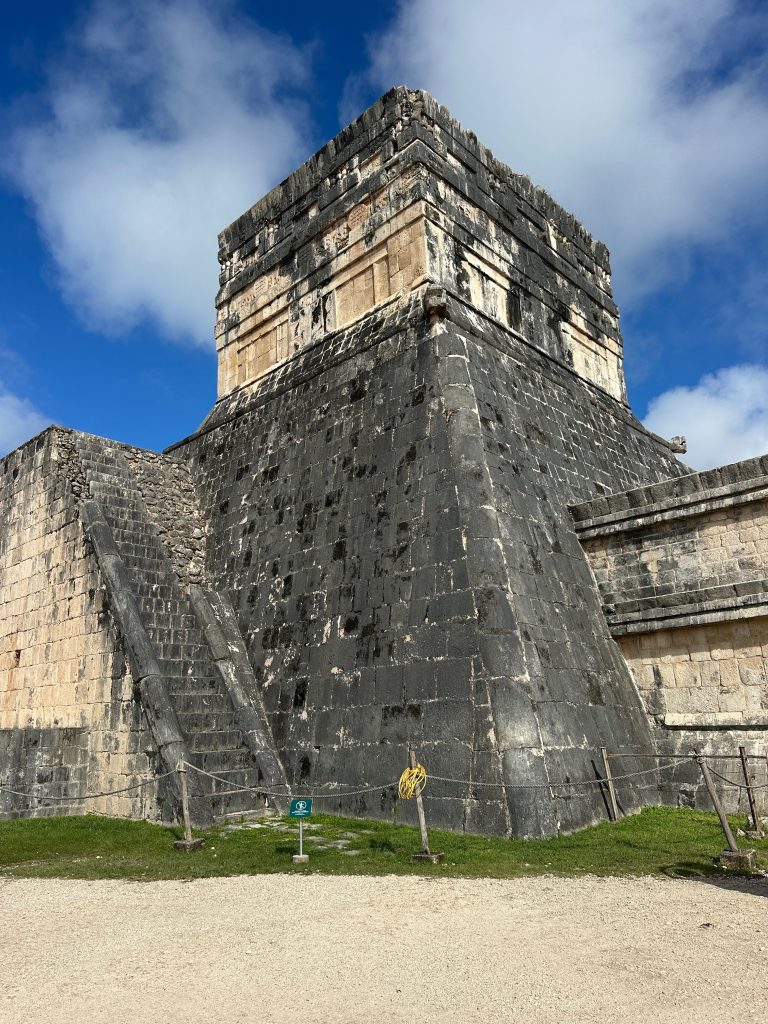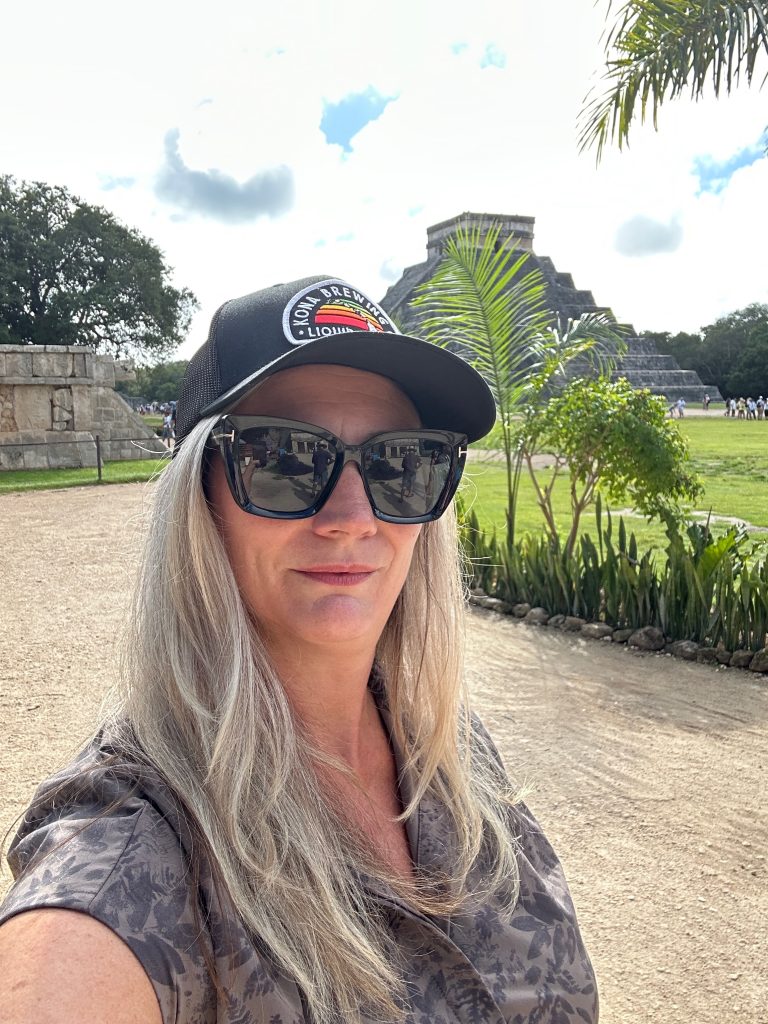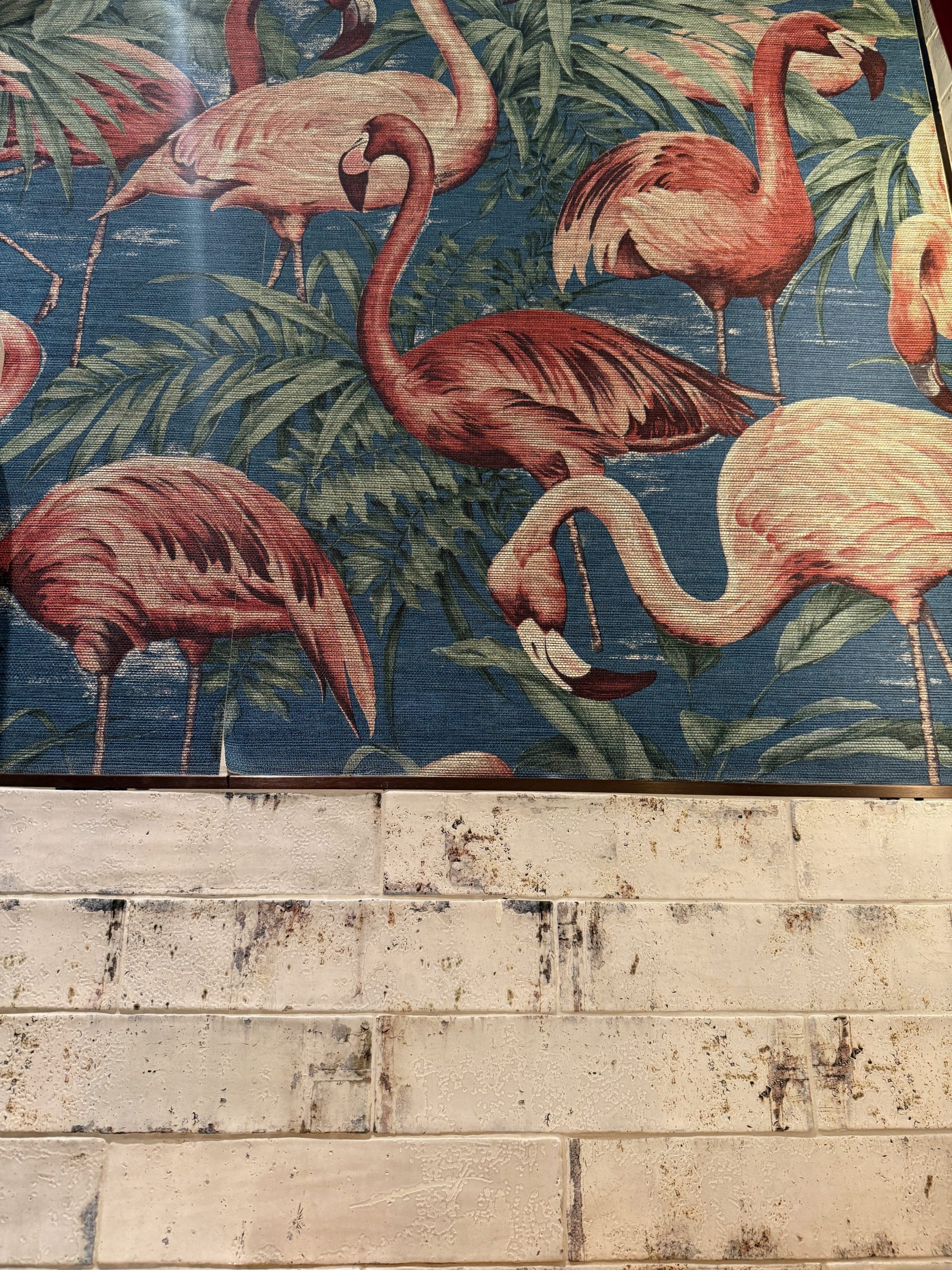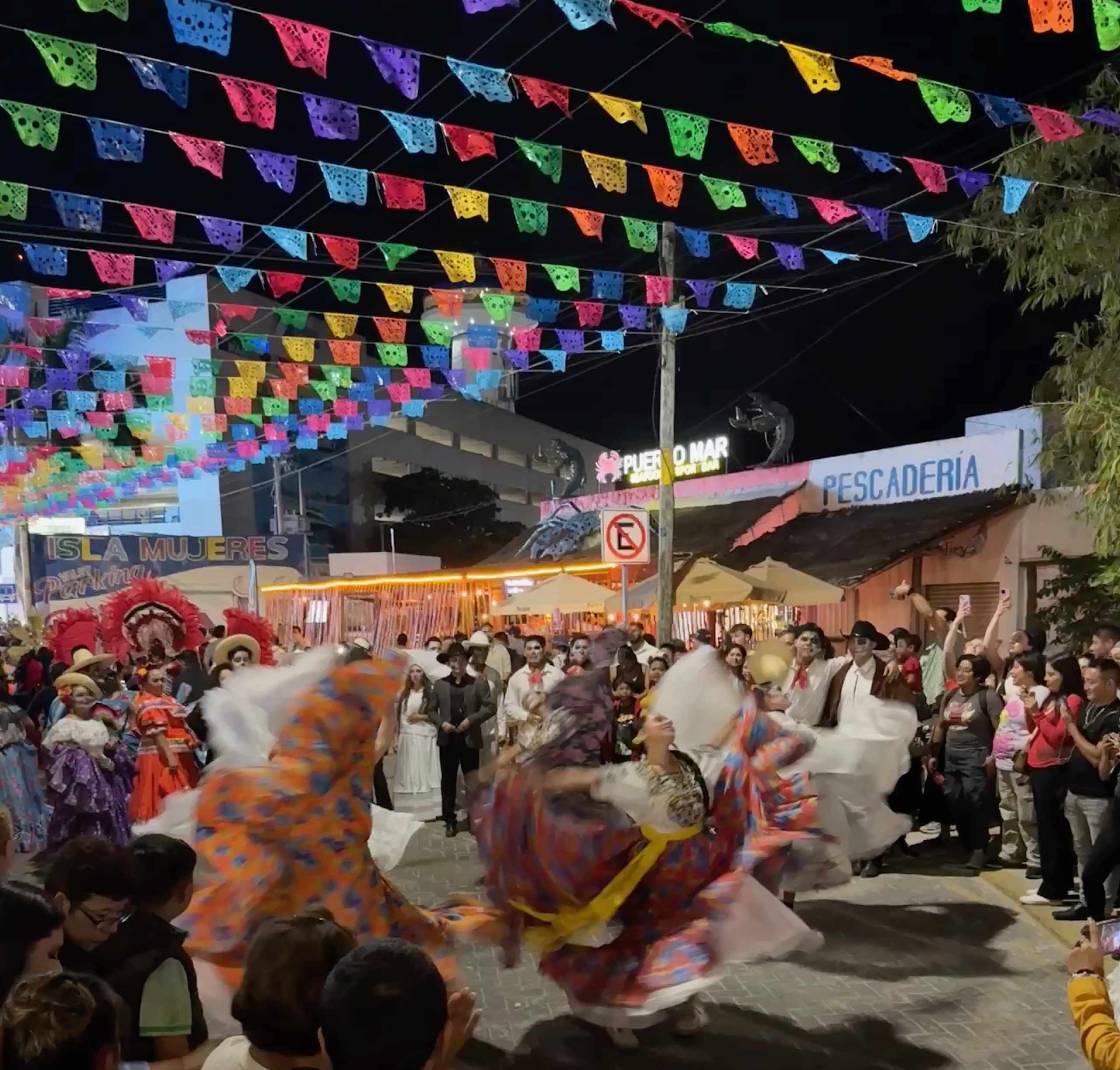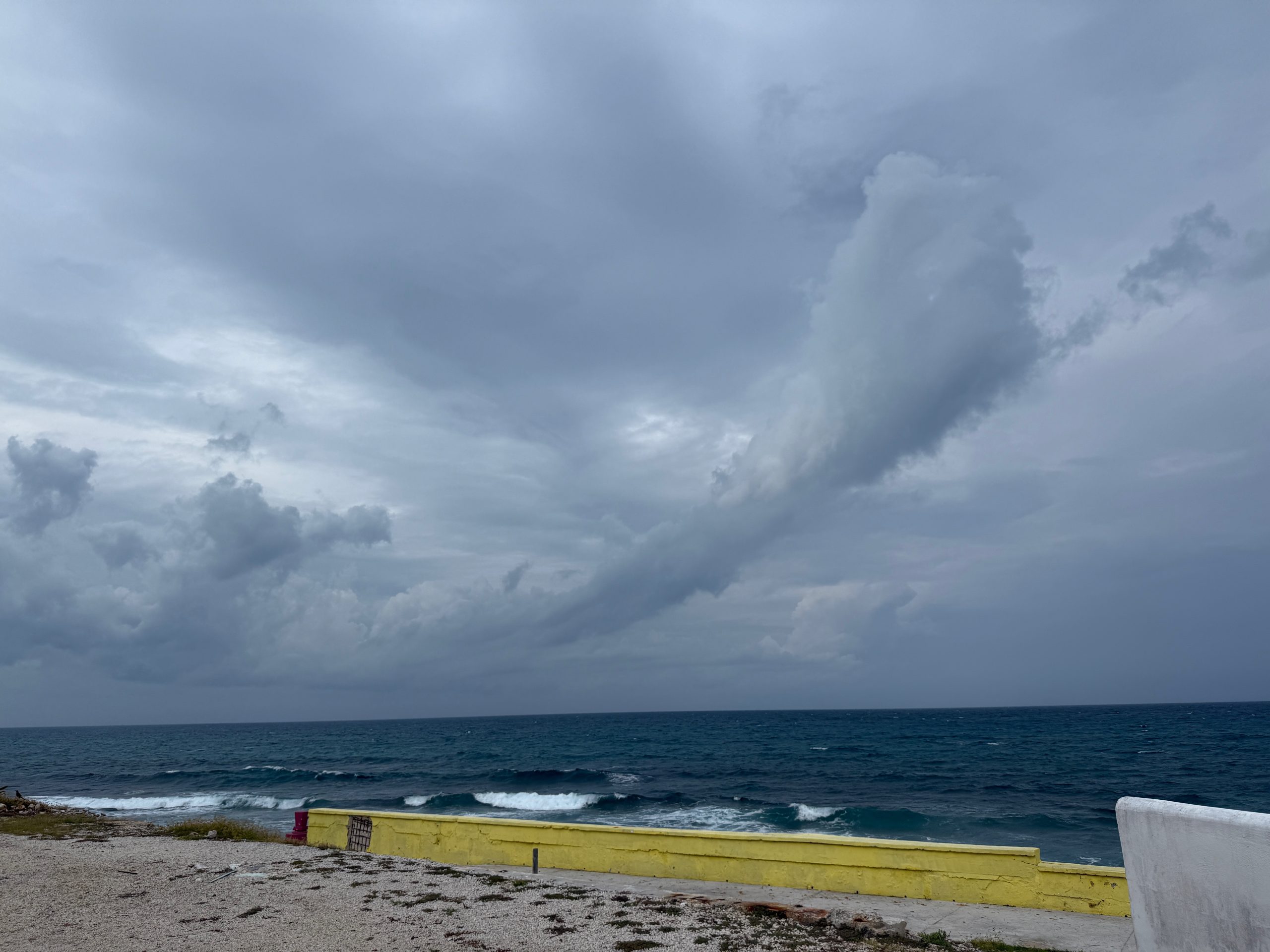Chichén Itzá is one of the most famous and best-preserved archaeological sites of the ancient Maya civilization, located in the Yucatán Peninsula of Mexico. It was a major political, religious, and economic center and today, it stands as a UNESCO World Heritage Site and one of the New Seven Wonders of the World.
Here’s a detailed look at its history:
Early History and Founding

- Origins (circa 400–600 CE):Chichén Itzá was first settled during the Late Classic period (around 5th–6th century CE).Early architecture shows influence from the Puuc style, similar to cities like Uxmal.
- The name Chichén Itzá roughly translates from Maya as “at the mouth of the well of the Itzá”. Referring to the Sacred Cenote, a large natural sinkhole that served as a water source and a site of offerings.
- Chi = mouth
- Ch’en = well
- Itzá = name of the Maya group who ruled the region
Rise to Power (c. 800–1000 CE)
- By the 9th century, Chichén Itzá had become one of the most powerful Maya city-states.
- It was a major center of trade, connecting the inland cities of the Yucatán with the Caribbean coast.
- During this period, the city expanded rapidly, with grand temples, palaces, and ball courts being constructed.
Toltec Influence (c. 1000–1200 CE)
- Around 1000 CE, the city experienced a wave of Toltec influence, a culture from central Mexico centered at Tula.
- This may have been the result of:
- Trade and cultural contact
- A conquest or migration led by a ruler known as Kukulcán (the Maya equivalent of the Toltec god Quetzalcoatl).
- Architectural evidence shows a blend of Maya and Toltec styles, especially in:
- El Castillo (Temple of Kukulcán): The famous step pyramid dedicated to Kukulcán, aligned with the equinoxes.
- Temple of the Warriors: Decorated with carvings of warriors and the feathered serpent deity.
- Chac Mool statues and serpent columns, typical of Toltec design.
Religious and Astronomical Importance
- The city was a center of astronomy and ritual.
- The pyramid of El Castillo serves as a precise calendar:
- Each of its four sides has 91 steps, totaling 364, plus one platform at the top = 365 days.
- During the spring and autumn equinoxes, the setting sun casts a shadow of a serpent that appears to slither down the pyramid’s side, symbolizing Kukulcán’s descent to earth.
Decline and Abandonment (c. 1200–1400 CE)
- By the 13th century, Chichén Itzá’s influence declined.
- The reasons are debated:
- Internal rebellion or warfare
- Shifts in trade routes
- Drought and environmental stress
- Power in the region shifted to Mayapán, another major city-state.
- Despite the decline, Chichén Itzá remained a pilgrimage site for centuries. Especially because of the Sacred Cenote and its connection to Maya religion.
Spanish Conquest and Rediscovery
- When the Spanish arrived in the 1500s, Chichén Itzá was already mostly abandoned, though still revered by local Maya communities.
- In the 19th century, explorers and archaeologists including John Lloyd Stephens and Frederick Catherwood documented and publicized the ruins.
- Excavations began in the 20th century, revealing much of what we see today.
Chichén Itzá Today
- UNESCO World Heritage Site (1988) and one of the New Seven Wonders of the World (2007).
- It is one of Mexico’s most visited archaeological sites, attracting millions of visitors annually.
- Modern research continues to uncover more about its urban layout, astronomical alignments, and cultural connections to other Mesoamerican civilizations.
